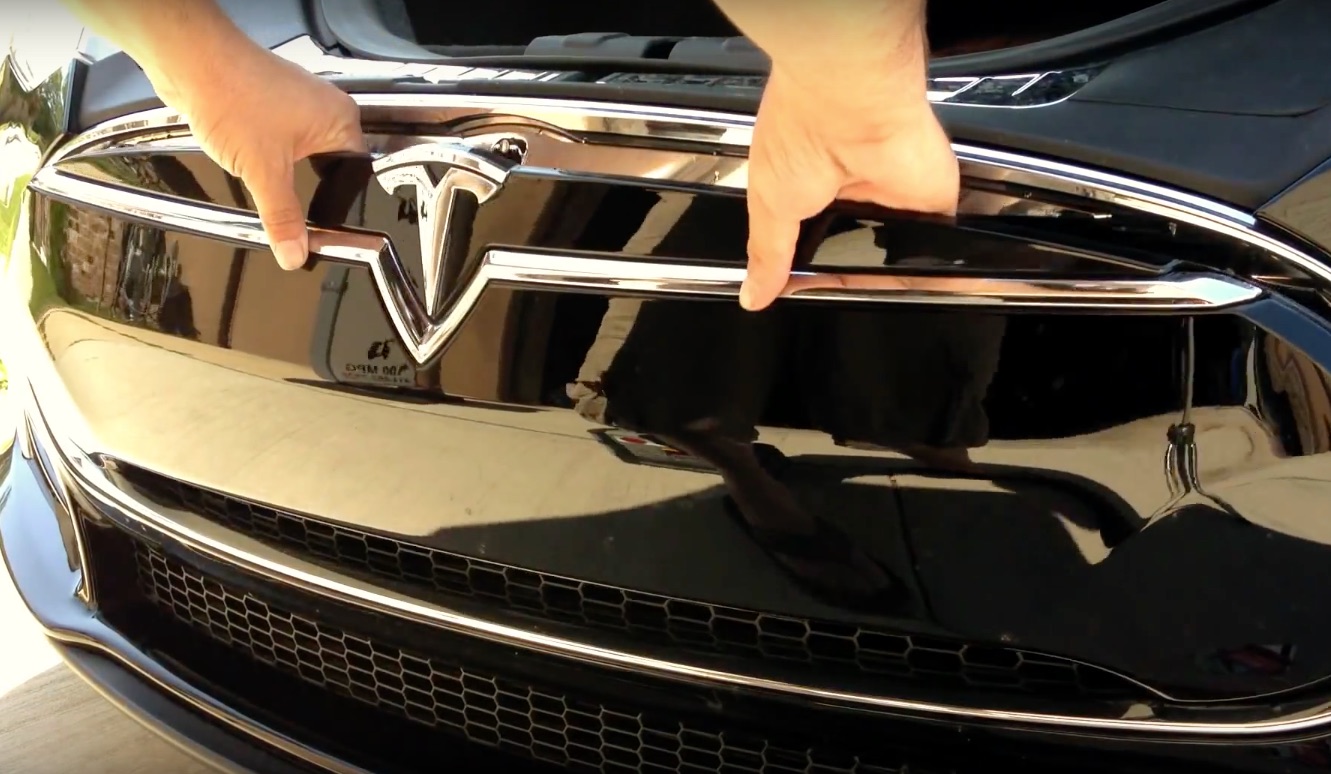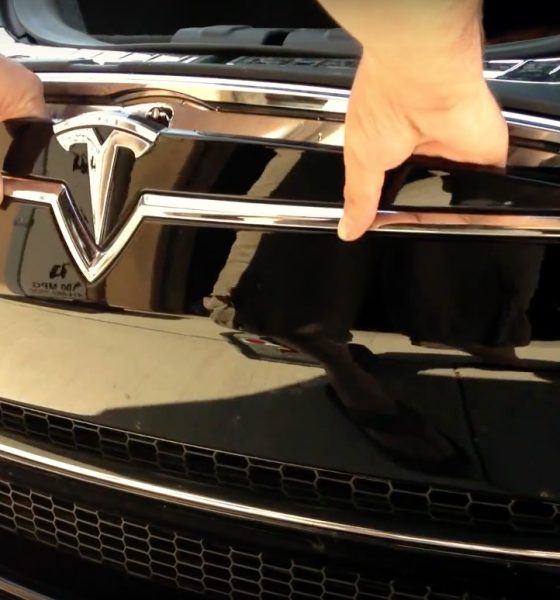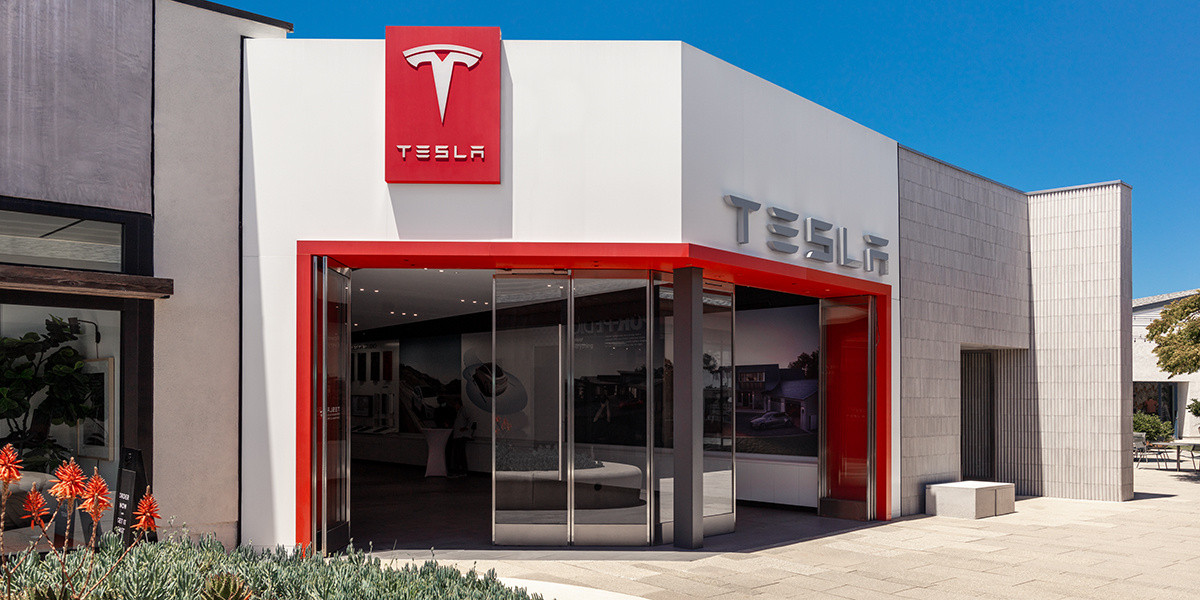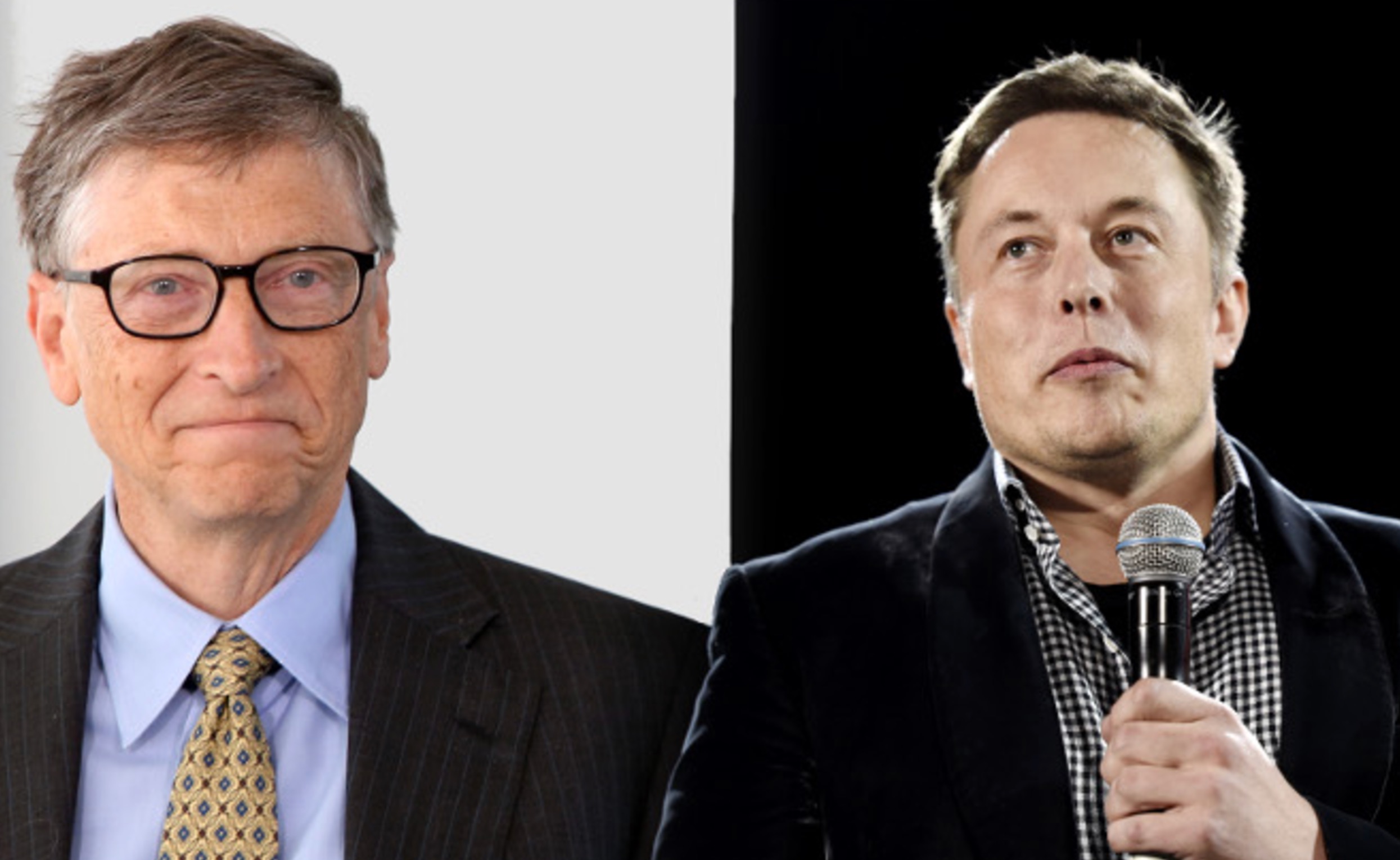

News
Why Tesla’s lead acid 12V battery needs to be lithium-ion based
It’s a prominent issue surrounding the electric vehicle market that the old-school lead acid battery just isn’t appropriate for new technology vehicles. Many users of electric vehicles, especially Tesla owners, have cited concerns with the poor performance of their 12V or low-voltage battery, oftentimes requiring annual replacement.
In contrast, a lead acid battery in a traditional internal combustion engine (ICE) vehicle generally has a 4 year life-cycle, but why?
RELATED: Tesla Model S 12V Lithium-Ion battery replacement (up to 70% lighter, 4x life)
First off, some of the most important factors to consider in longevity of a battery are “cycle-life”, environmental conditions, discharge/charge rates and calendar-life; cycle-life is how many times the battery can be drained and recharged in its life. Environmental conditions include temperature and humidity. Discharge/charge rates are the amperages going out of and into the battery respectively.
There are two major differences between the way an ICE vehicle uses its 12V battery and the way an EV uses its 12V battery:
“OFF” state discharge and cycling frequency
ICE Vehicle: generally has a very low 12V load while the vehicle is in the “off” state, often this load doesn’t exceed a few watts and doesn’t present a major challenge for the 12V battery to maintain.
Electric Vehicle: The 12V load while in the off-state is often much higher due to advanced computer systems that are running to maintain the high-voltage battery, keep vehicle “connected” (all EV have some remote access features), maintain charging and BMS (Battery Management System) communications, etc. In fact a Tesla Model S/X puts about 50 Watts of load on the 12V system when the vehicle is in the “off” state. 50 Watts equals about 4.5 Amps of discharge on the 12V battery, this drains the battery down relatively rapidly and requires the 12V battery be “recharged” by the high-voltage battery regularly, this usage pattern results in many cycles being placed on the battery.
“ON” state utilization and purpose
ICE Vehicle: The 12V battery is used to initiate the ICE (start the car) and is designed for putting out large amounts of current to accommodate this process. Once an ICE vehicle is in the “on” state, it relies on an alternator to power all of the 12V sub-systems and also maintain the voltage of the 12V battery.
Electric Vehicle: The 12V is subjected to (practically) no additional load while the vehicle is being turned “on”, and although most vehicles are designed with DC/DC converters (which act as alternators) it is often an engineering design choice to reduce load on the DC/DC converter by minimizing the frequency with which it is utilized. This also extends the driving range of the vehicle because none of the precious high-voltage battery capacity is being shunted to non-driving tasks. Due to this usage profile the 12V battery is subjected to relatively low discharge and recharge currents.
When you combine the high number of cycles and the low current requirements of the electric vehicle 12V battery system you arrive at a completely different battery need than that of an ICE vehicle. Lead Acid batteries are very good at high discharge and low cycle count life-styles, this is their bread and butter and this is where they last a long time and provide the most bang for the buck (cheap cost and decent product life-cycle), but they aren’t lasting in electric vehicles.
The electric vehicle 12V battery system is one that is best suited by a battery capable of tremendous cycle-life as the main design goal. The battery chemistry that suits this usage scenario best? Lithium! Lithium battery technology is specifically very good at being cycled many times and continuing to provide minimal capacity loss and degradation. This, along with reduced weight, is why these batteries are used for the high-voltage battery packs, cell-phones, laptops, medical equipment and cars where batteries are being cycled frequently and longevity is important.
Editor’s note: This post was submitted into our network by Tesla Model S owner Sean Scherer. Having suffered an unfortunate incident in his Model S that left him stranded because of a faulty 12V battery, Sherer began on a mission to create a lithium-ion based 12V battery solution that was not only more reliable than the traditional lead acid battery, but better suited for the demands of a Tesla Model S, Model X, and electric vehicles in general. He began BattMobile Batteries, who have made it their mission to improve adoption of electric vehicles by solving some of the small details that has been missed by EV manufacturers.
We’ve also included a video tutorial on how to replace the Model S 12V battery.

News
Tesla dispels reports of ‘sales suspension’ in California
“This was a “consumer protection” order about the use of the term “Autopilot” in a case where not one single customer came forward to say there’s a problem.
Sales in California will continue uninterrupted.”

Tesla has dispelled reports that it is facing a thirty-day sales suspension in California after the state’s Department of Motor Vehicles (DMV) issued a penalty to the company after a judge ruled it “misled consumers about its driver-assistance technology.”
On Tuesday, Bloomberg reported that the California DMV was planning to adopt the penalty but decided to put it on ice for ninety days, giving Tesla an opportunity to “come into compliance.”
Tesla enters interesting situation with Full Self-Driving in California
Tesla responded to the report on Tuesday evening, after it came out, stating that this was a “consumer protection” order that was brought up over its use of the term “Autopilot.”
The company said “not one single customer came forward to say there’s a problem,” yet a judge and the DMV determined it was, so they want to apply the penalty if Tesla doesn’t oblige.
However, Tesla said that its sales operations in California “will continue uninterrupted.”
It confirmed this in an X post on Tuesday night:
This was a “consumer protection” order about the use of the term “Autopilot” in a case where not one single customer came forward to say there’s a problem.
Sales in California will continue uninterrupted.
— Tesla North America (@tesla_na) December 17, 2025
The report and the decision by the DMV and Judge involved sparked outrage from the Tesla community, who stated that it should do its best to get out of California.
One X post said California “didn’t deserve” what Tesla had done for it in terms of employment, engineering, and innovation.
Tesla has used Autopilot and Full Self-Driving for years, but it did add the term “(Supervised)” to the end of the FSD suite earlier this year, potentially aiming to protect itself from instances like this one.
This is the first primary dispute over the terminology of Full Self-Driving, but it has undergone some scrutiny at the federal level, as some government officials have claimed the suite has “deceptive” naming. Previous Transportation Secretary Pete Buttigieg was vocally critical of the use of the name “Full Self-Driving,” as well as “Autopilot.”
News
New EV tax credit rule could impact many EV buyers
We confirmed with a Tesla Sales Advisor that any current orders that have the $7,500 tax credit applied to them must be completed by December 31, meaning delivery must take place by that date. However, it is unclear at this point whether someone could still claim the credit when filing their tax returns for 2025 as long as the order reflects an order date before September 30.

Tesla owners could be impacted by a new EV tax credit rule, which seems to be a new hoop to jump through for those who benefited from the “extension,” which allowed orderers to take delivery after the loss of the $7,500 discount.
After the Trump Administration initiated the phase-out of the $7,500 EV tax credit, many were happy to see the rules had been changed slightly, as deliveries could occur after the September 30 cutoff as long as orders were placed before the end of that month.
However, there appears to be a new threshold that EV buyers will have to go through, and it will impact their ability to get the credit, at least at the Point of Sale, for now.
Delivery must be completed by the end of the year, and buyers must take possession of the car by December 31, 2025, or they will lose the tax credit. The U.S. government will be closing the tax credit portal, which allows people to claim the credit at the Point of Sale.
🚨UPDATE: $7,500 Tax Credit Portal “Closes By End of Year”.
This is bad news for pending Tesla buyers (MYP) looking to lock in the $7,500 Tax Credit.
“it looks like the portal closes by end of the year so there be no way for us to guarantee the funds however, we will try our… pic.twitter.com/LnWiaXL30k
— DennisCW | wen my L (@DennisCW_) December 15, 2025
We confirmed with a Tesla Sales Advisor that any current orders that have the $7,500 tax credit applied to them must be completed by December 31, meaning delivery must take place by that date.
However, it is unclear at this point whether someone could still claim the credit when filing their tax returns for 2025 as long as the order reflects an order date before September 30.
If not, the order can still go through, but the buyer will not be able to claim the tax credit, meaning they will pay full price for the vehicle.
This puts some buyers in a strange limbo, especially if they placed an order for the Model Y Performance. Some deliveries have already taken place, and some are scheduled before the end of the month, but many others are not expecting deliveries until January.
Elon Musk
Elon Musk takes latest barb at Bill Gates over Tesla short position
Bill Gates placed a massive short bet against Tesla of ~1% of our total shares, which might have cost him over $10B by now

Elon Musk took his latest barb at former Microsoft CEO Bill Gates over his short position against the company, which the two have had some tensions over for a number of years.
Gates admitted to Musk several years ago through a text message that he still held a short position against his sustainable car and energy company. Ironically, Gates had contacted Musk to explore philanthropic opportunities.
Elon Musk explains Bill Gates beef: He ‘placed a massive bet on Tesla dying’
Musk said he could not take the request seriously, especially as Gates was hoping to make money on the downfall of the one company taking EVs seriously.
The Tesla frontman has continued to take shots at Gates over the years from time to time, but the latest comment came as Musk’s net worth swelled to over $600 billion. He became the first person ever to reach that threshold earlier this week, when Tesla shares increased due to Robotaxi testing without any occupants.
Musk refreshed everyone’s memory with the recent post, stating that if Gates still has his short position against Tesla, he would have lost over $10 billion by now:
Bill Gates placed a massive short bet against Tesla of ~1% of our total shares, which might have cost him over $10B by now
— Elon Musk (@elonmusk) December 17, 2025
Just a month ago, in mid-November, Musk issued his final warning to Gates over the short position, speculating whether the former Microsoft frontman had still held the bet against Tesla.
“If Gates hasn’t fully closed out the crazy short position he has held against Tesla for ~8 years, he had better do so soon,” Musk said. This came in response to The Gates Foundation dumping 65 percent of its Microsoft position.
Tesla CEO Elon Musk sends final warning to Bill Gates over short position
Musk’s involvement in the U.S. government also drew criticism from Gates, as he said that the reductions proposed by DOGE against U.S.A.I.D. were “stunning” and could cause “millions of additional deaths of kids.”
“Gates is a huge liar,” Musk responded.
It is not known whether Gates still holds his Tesla short position.








